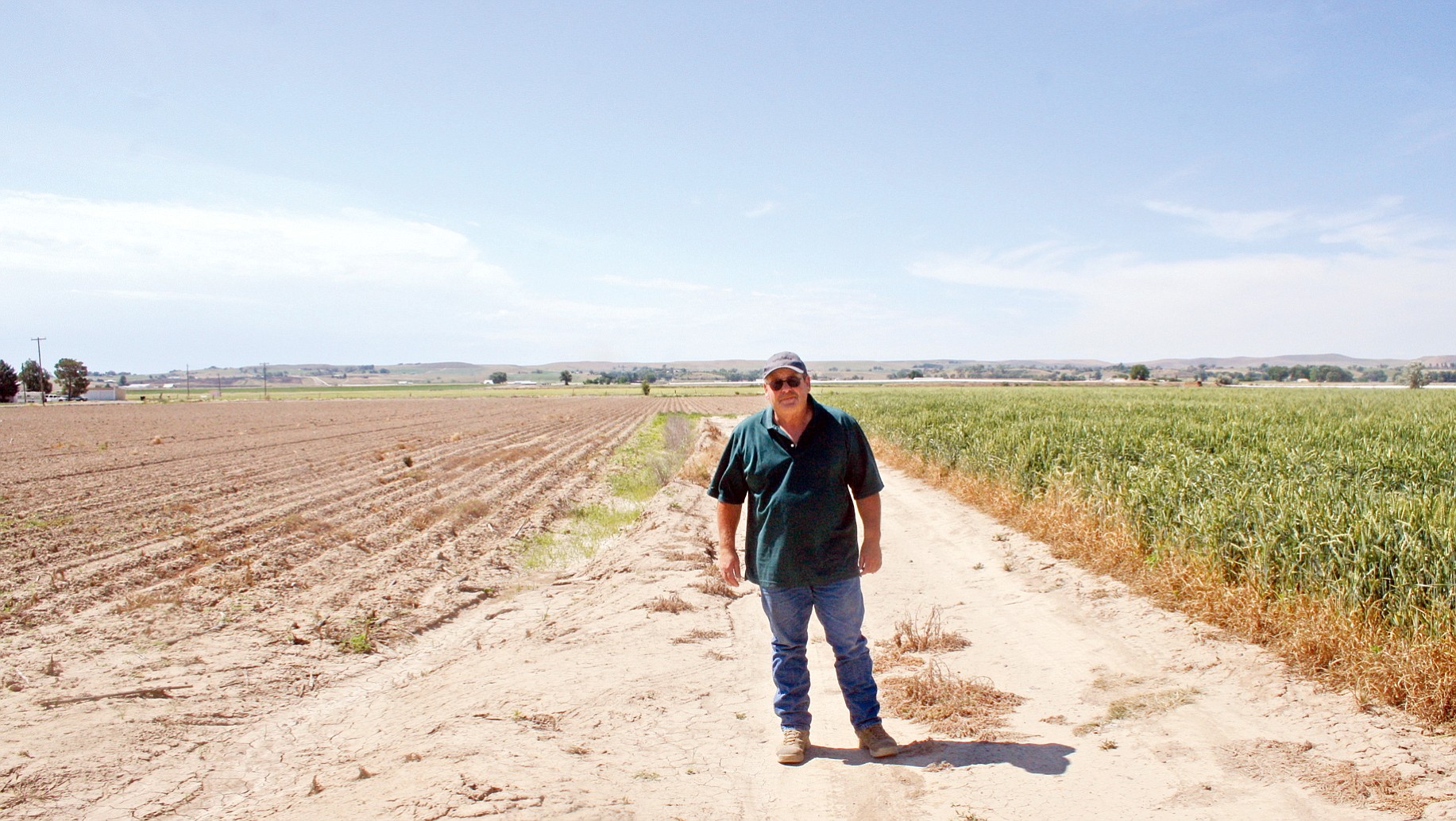ONTARIO, Ore. — Water is scarce this year, and local farmers are adjusting their crops to accommodate the drought.
Given that this is the third straight year of low water storage and low stream flows — and the fourth straight year of drought — producers have been making adjustments about water use and crop rotations, including what, if anything, to plant.
Some farmers are breathing a little sigh of relief because of recent rains, but not everyone benefited. Those who got the rain know the benefits may not last long if it gets hot and dry.
Craig Froerer, who farms north of Nyssa, said he thinks rains may have extended his water an extra week or two.



